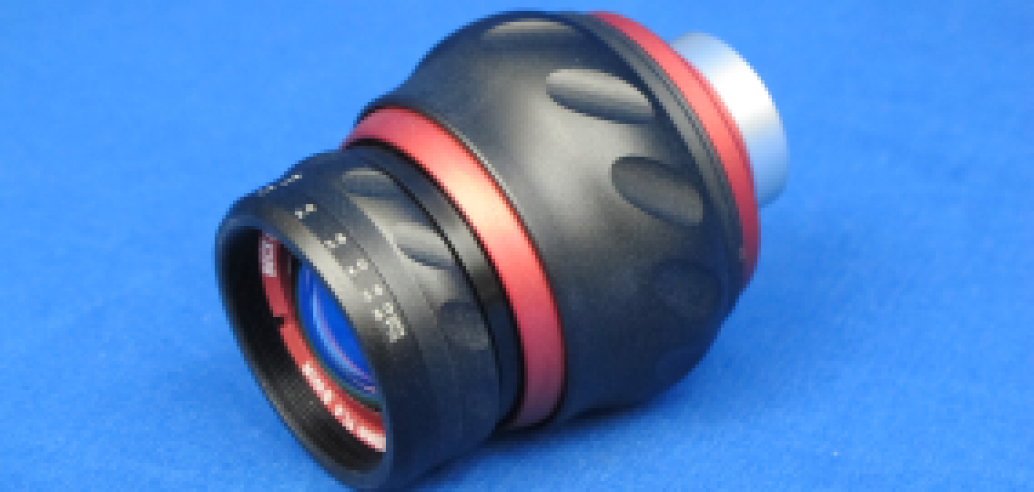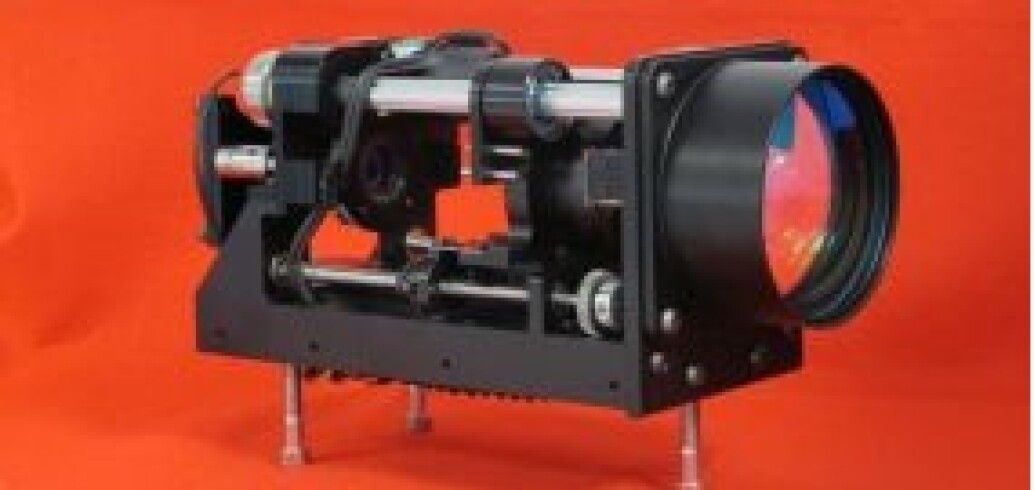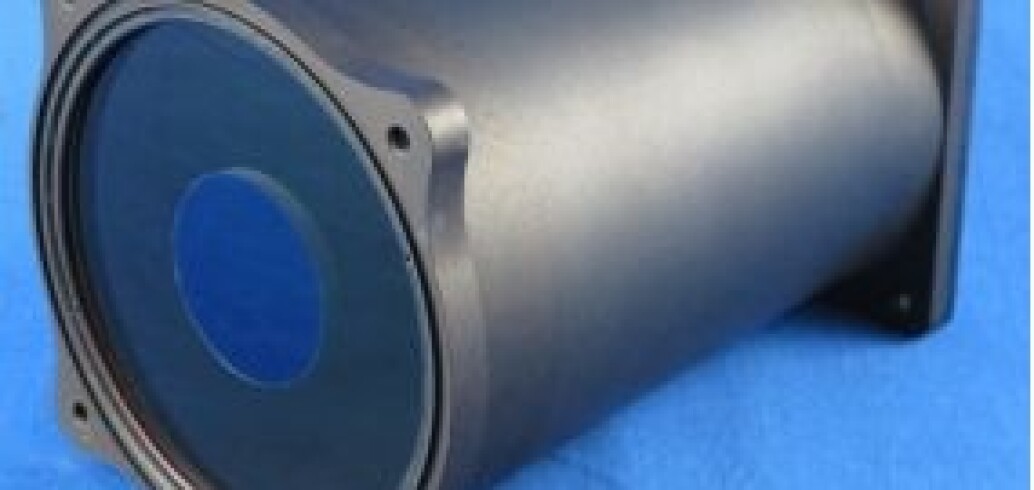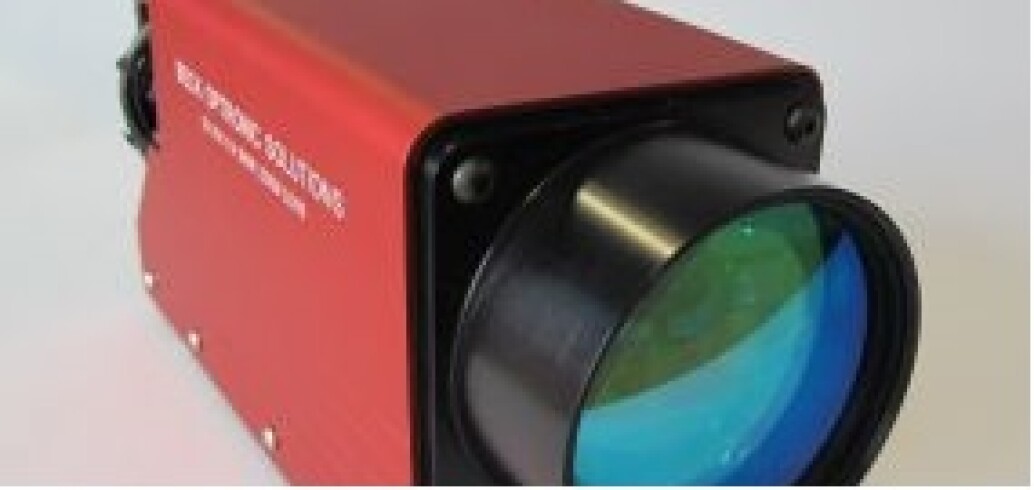SWIR Optics

Light in the short-wave infrared (SWIR) waveband is invisible to the human eye and requires specialised detectors such as Indium Gallium Arsenide (InGaAs). However, it interacts with objects in a similar fashion to visible light in that it is reflected, rather than emitted as is the case in mid-wave infrared (MWIR) (3-5μm) and long-wave infrared (LWIR) (8-12μm) wavebands. Because of this reflected nature SWIR imagery shows shadows and contrast and is comparable to visible imagery in terms of detail and resolution, although SWIR images are not in colour.

There are many applications that are possible using SWIR that would be difficult or impossible to perform using visible light.
For example fog and water vapour are transparent to SWIR and colours that might be indistinguishable in the visible may be easily differentiated using SWIR

For low light conditions, SWIR detectors allow the images to be transmitted electronically - something that is difficult using the traditional image intensification technology. Natural night sky radiance is primarily in the SWIR waveband, and provides significantly more illumination than starlight in the visible spectrum providing advantages in certain low light conditions. Using lasers or LEDs operating at the 1550nm wavelength, SWIR offers the opportunity to covertly illuminate a scene that can only be observed using a SWIR camera.

Using or adapting a lens in SWIR that was designed for the visible waveband will give lower performance in terms of resolution and optical aberrations and offer reduced light transmission. All of Beck's SWIR products are specifically designed and optimised from first principles to deliver the best SWIR performance using appropriate optical materials and coatings. Finally the performance of every lens is validated through SWIR waveband MTF testing.
